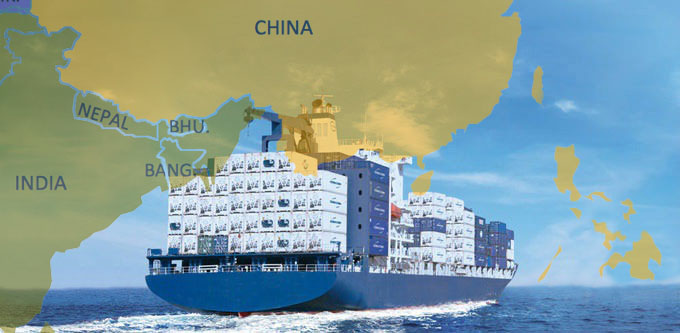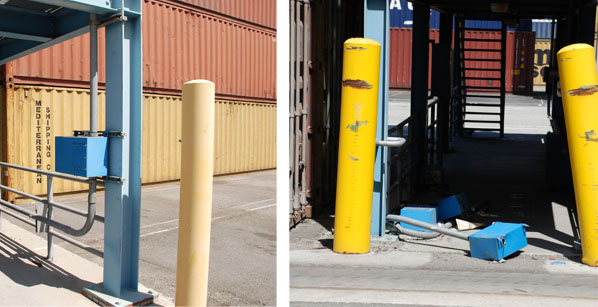Safe reefer operations require a receptacle system that exceeds minimum standards in electrical codes.

Safely connecting and disconnecting reefer containers operating on 3 Phase 440-480v power represents one of the largest safety risks from an electrical hazard at the majority of container terminals. Reefer receptacles are designed and listed to electrical safety standards of UL and CE self-certification, but these only “certify” that the receptacle can carry the required electrical load. Other standards, such as IEC 60309-1 and 60309-2 cover configurations of the plug and receptacle and ensure compatibility. It is widely accepted that dealing with 480v, 32A supply presents a safety (and liability) risk and that the standard is to have interlocked connections. A safety interlock is a mechanical or electrical device that prevents a receptacle from being energized unless the male plug is properly engaged and disconnects the power supply automatically as the plug is removed. Although the safety interlock design prevents operators from “making” or “breaking” under load, it is not required under electrical codes and in some cases, terminal construction contractors look to install non-interlocked receptacles, which pose a higher safety risk to operators, but offer cost savings. Some situations arise where contractors facing strict budgets try to install non-interlocked receptacles. The objective is to make sure interlocked receptacles rather than “complying” receptacles are specified when projects are tendered. As far as the design of the interlock is concerned, there are several options. ESL’s standard system detects the ground pin of the male plug before allowing the unit to be energized, whereas other designs interlock off the key on the side of the plug. ESL believes the ground pin is the safer option. Additionally, in some markets, plug keys are frequently “shaved off” to allow a 32A plug to mate with a 30A (non-interlocking) receptacle, meaning the 32A male plug must be replaced elsewhere in the supply chain in order to safely connect to a receptacle that interlocks at the key.
Operating Efficiently
Another important aspect of reefer power supply is designing the receptacle system so the terminal can perform reefer operations efficiently. In considering the layout of the reefer area(s), terminal management has to weigh the initial costs of installing more reefer outlet assemblies (ROAs) against the labor costs of managing cabling from fewer centralized ROAs. A reefer rack structure is typically six or seven containers wide and some operators opt for an ROA with six or seven receptacles mounted centrally. This configuration is more prone to tangled reefer cables, which present tripping hazards and the chance of disconnecting the wrong cable. Terminals with wider reefer racks may even require extension cables to reach the outer containers. Installing more receptacles per ROA is ultimately a cheaper solution, but a trend towards two and three-gang ROAs due to operational efficiencies is growing. Demand is also increasing for two LED lights, one to indicate line power is available to the ROA and a second to show that the receptacle is energized and power is flowing. If the first LED is not showing, the operator will know immediately that there is an upstream power supply problem. An available option is the incorporation of an equipment ground fault protection (GFP) device on an outlet module to isolate the effect of a phase to ground short. ESL has frequently been asked to incorporate a simple ground fault protection device that can isolate a fault at the receptacle and prevent upstream switch gear from being tripped by a short. Terminal design engineers need to take into account that reefers generate ground currents during the defrost cycle, so the GFP devices should be selected and set at a value above the defrost cycle ground currents to avoid nuisance tripping.
Read part 2 of our series focusing on reefer receptacle safety and damage control.


